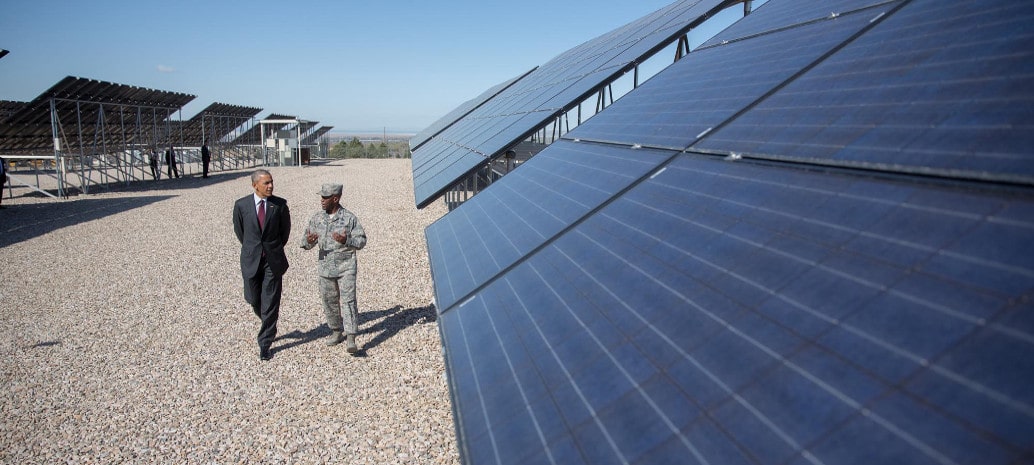A team of engineering and energy policy experts from Michigan Technological University (MTU) is conducting a research to assess if solar micro-grids can represent a defense instrument against potential cyber and physical attacks to military bases in the United States.
The researchers claim that 17 GW of additional PV capacity are necessary to guarantee the safety of the U.S. military bases, and their independence from the national grid, which can be potentially damaged by attacks from terrorists and natural disasters.
The MTU scientists also claim that, within current contractors’ skill sets, a similar plan is economically viable, and also that local communities could take advantage of micro-grids installed at military facilities. Only 27 of the more than 400 domestic military sites in the United States, however, currently disposes of a solar micro-grid, and their safety is at risk, the researchers stress, as their backup systems rely on generators dependent on fuel supply.
The team finds that 2,140 GW, including the 17 GW for military facilities, would be necessary to provide electricity to all critical infrastructure in the United States with 100% solar power and a hybrid microgrid system with storage provide protection against grid failure. Currently, the country has around 40 GW of cumulative installed PV capacity.
“If we put the money into PV-powered microgrids,” said Co-author Joshua Pearce, “it would be making us objectively more secure and we get a return on our investment as after the initial investment in PV the military would enjoy free solar electricity for the next 25 years.”
Co-author Chelsea Schelly stressed, on the other hand, that, although the United States does not have a national renewable energy policy, the military does, “and it has the capacity for implementation through existing contractors.”
The U.S. Military is targeting 3 GW of installed and deployed renewable energy by 2025. In recent years, the Navy, Army and Air Force, which have a target of 1 GW each, have increased their efforts to deploy solar and renewable energy generation capacity across their facilities, in order to address rising energy costs and potential power supply disruptions.
This content is protected by copyright and may not be reused. If you want to cooperate with us and would like to reuse some of our content, please contact: editors@pv-magazine.com.









By submitting this form you agree to pv magazine using your data for the purposes of publishing your comment.
Your personal data will only be disclosed or otherwise transmitted to third parties for the purposes of spam filtering or if this is necessary for technical maintenance of the website. Any other transfer to third parties will not take place unless this is justified on the basis of applicable data protection regulations or if pv magazine is legally obliged to do so.
You may revoke this consent at any time with effect for the future, in which case your personal data will be deleted immediately. Otherwise, your data will be deleted if pv magazine has processed your request or the purpose of data storage is fulfilled.
Further information on data privacy can be found in our Data Protection Policy.